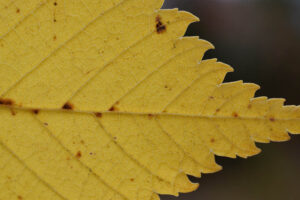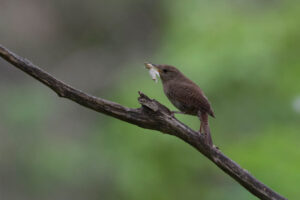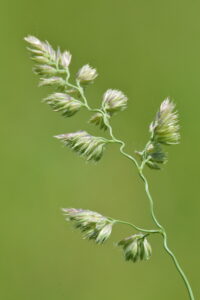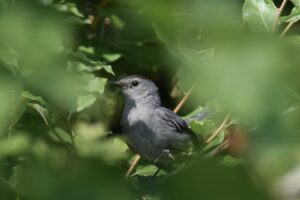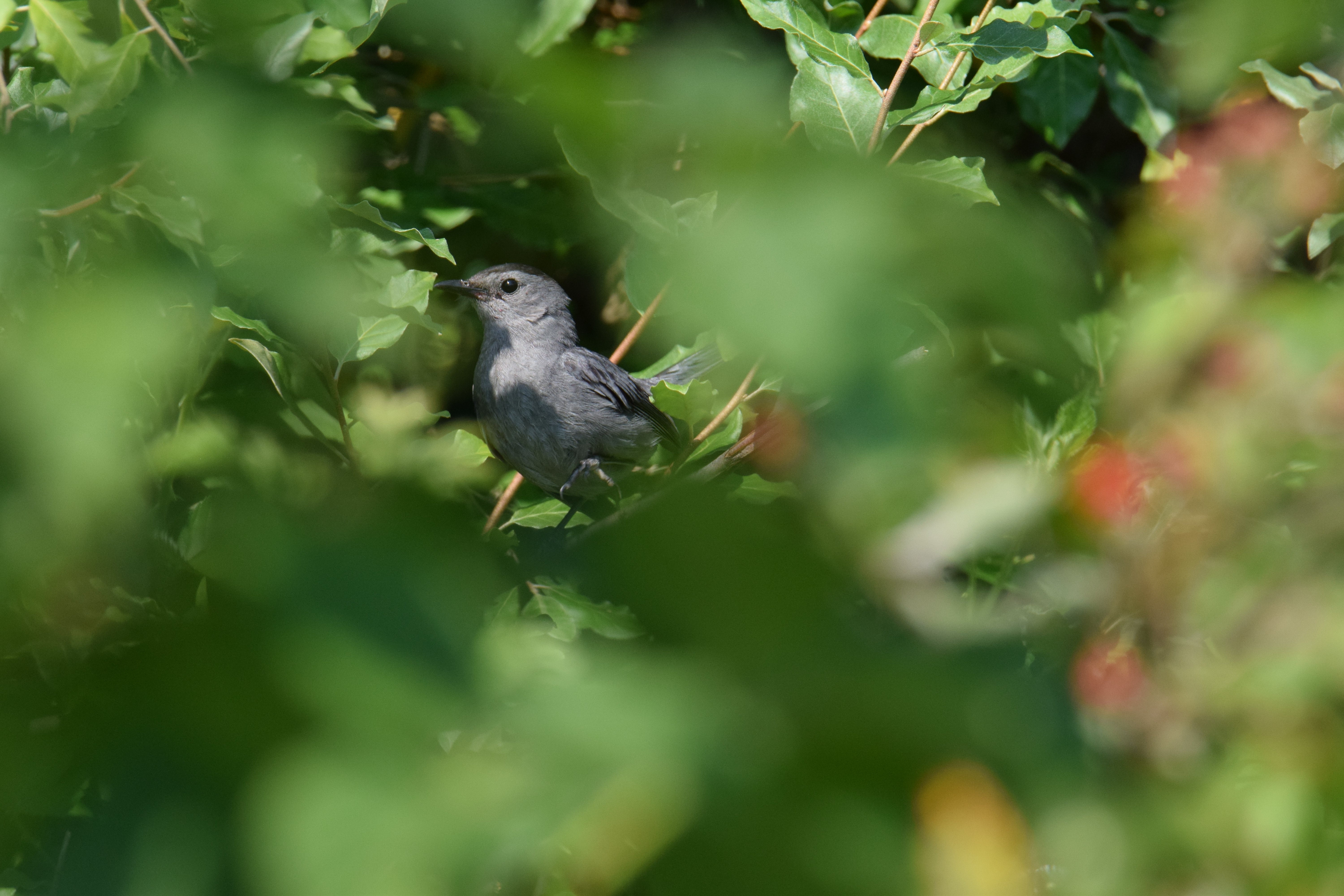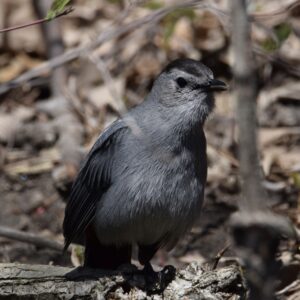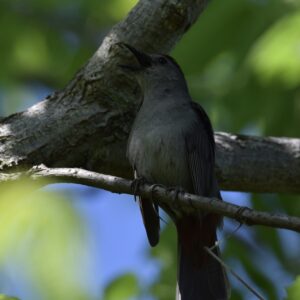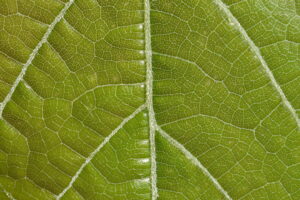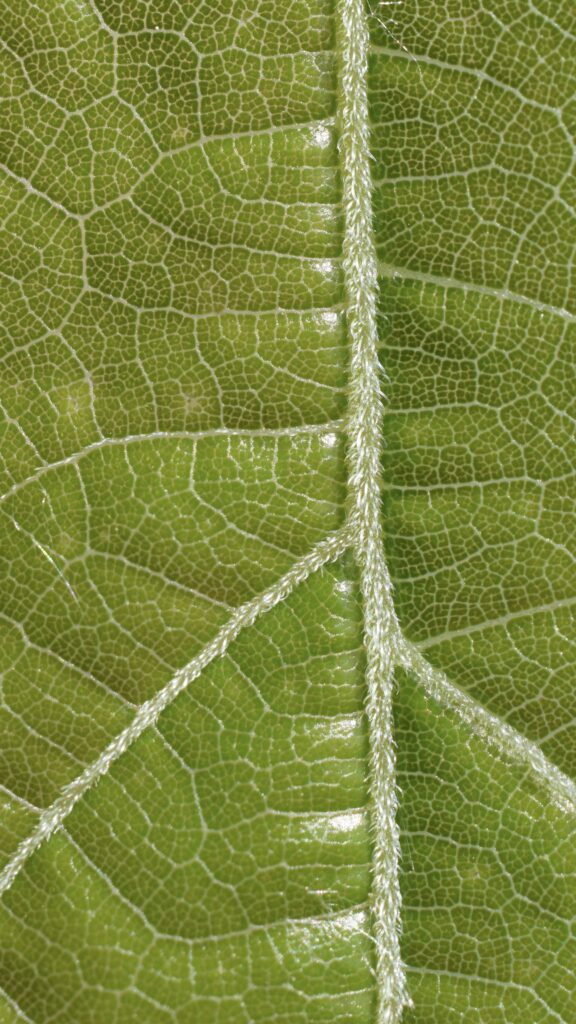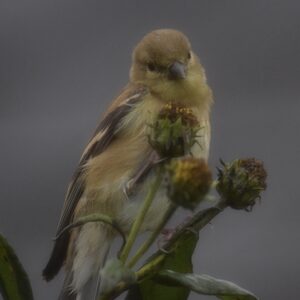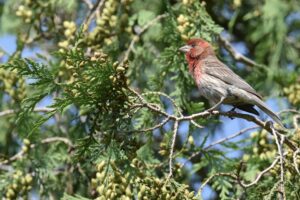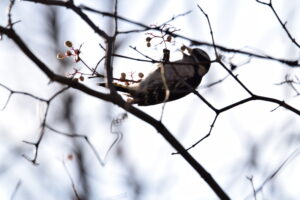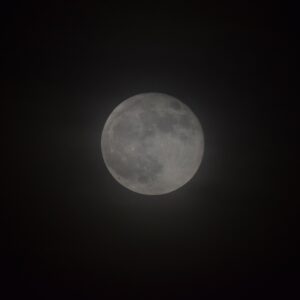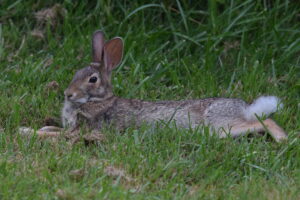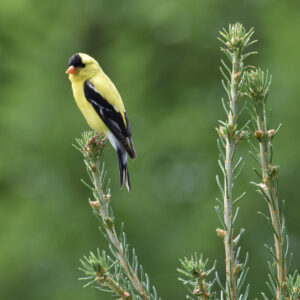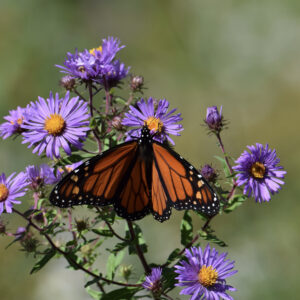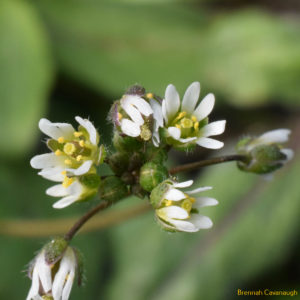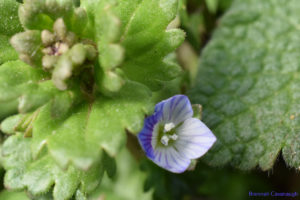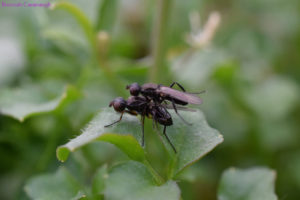Last November I went on a trip to New Mexico to visit some family and it was as beautiful there as I was assured it would be. While I was there I did quite a bit of hiking around in different areas. There were two general areas, that were each their own separate ecosystems, that I visited. One of these was the mountains, and the other was the canyon, which was in a lower (though low is relative) desert area. Both were the sort of landscapes that would make going there (as a photographer) and not doing some landscape photography seem… kind of wrong. I hadn’t really done a ton of landscape photography before, but I’m pretty happy with some of the landscape type photos I took on the trip.
Mountains
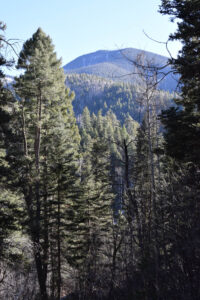
The mountains were mostly covered with evergreen forest, interspersed with rocky outcrops and cliffs as well as rivers flowing down to the land below. Because of the season we went, there were some interesting ice formations around the rivers.



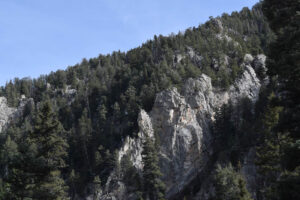
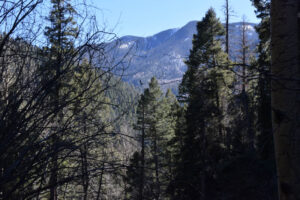
Canyon

The canyon we visited was the Rio Grande Gorge. I found a trail that went from the rim of the canyon down to the river, which we did on our last day there. The canyon area had lots of little shrubby looking trees (I think they were mostly just slow growing and sometimes stunted from the conditions they were growing in). I know some of the trees there were junipers, ponderosa pines, and pinion pines. It wasn’t really forested, though, and there were quite a few smaller bushy and herbaceous plants that I wasn’t familiar with (although I’m pretty certain a significant amount of it was sagebrush).

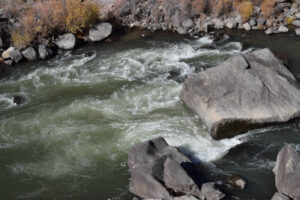

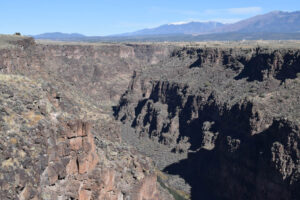
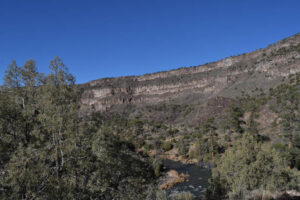
Of course, I took more than just landscape photos on the trip; I actually noticed I was switching lenses and settings quite a bit more regularly than I usually do since I was trying to photograph such a wide variety of subjects. In coming posts I’ll share more of the other kinds of pictures I was taking.


